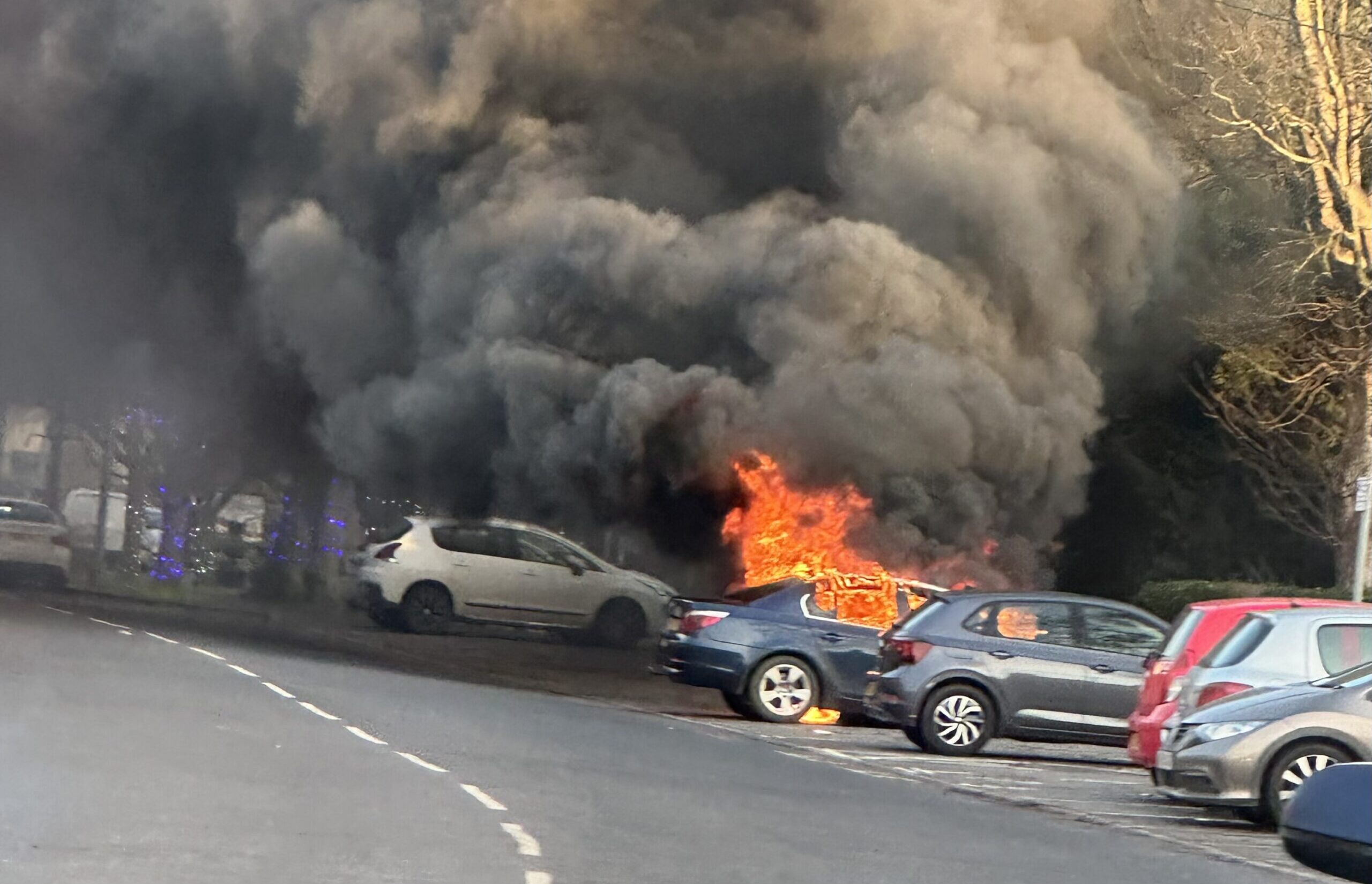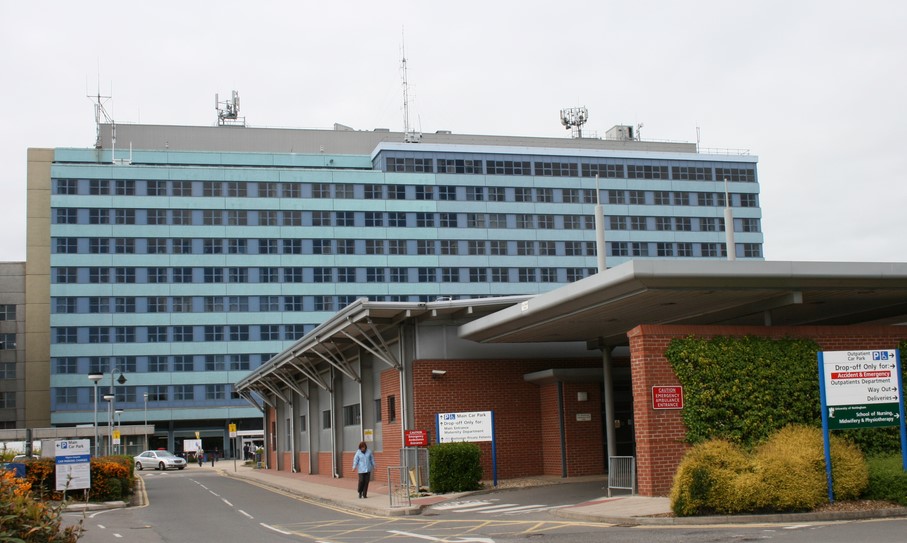Lincolnshire Police force has received an overall “good” rating for being effective by Her Majesty’s Inspectorate of Constabulary (HMIC).
This latest assessment, published today (March 2) means that Lincolnshire has now received an overall ‘good’ grading for each of the HMIC pillars of PEEL – efficiency, effectiveness and legitimacy.
Assistant Chief Constable Paul Gibson: “Overall we are pleased with HMIC’s assessment of us in these areas of inspection. But we will never rest on any laurels and constantly try to improve
where we are found to be wanting.”
Mr Gibson said the report is good news for the people of Lincolnshire and the force and a testament to the continuing dedication and application to task of every member of the organisation.
“As a force we are proud to deliver services that have been independently assessed by Her Majesty’s Inspectorate as ‘good’ across the board,” he said. “This report follows the good news in the HMIC reports in November which again graded Lincolnshire as ‘good’ in the areas of efficiency and legitimacy. We now have an overall ‘good’ grading for HMIC’s three pillars of inspection under
PEEL – efficiency, effectiveness and legitimacy,” he said.
The HMIC Police Effectiveness 2016 report says its overall judgement of Lincolnshire Police is ‘good’ and an improvement on the 2015 report on the same categories which said the force “required improvement”.
“It is very satisfying to see our long-standing plans coming to fruition to improve the efficiency and effectiveness of our services for the benefit of Lincolnshire,” said Mr Gibson.
The report notes that “Lincolnshire is good at keeping people safe and reducing crime” and states that in the five years from June 2011 crime reduced by 19.7 per cent in Lincolnshire
compared with 0.5 per cent nationally. In the last year there was an increase of 1.3 per cent in Lincolnshire compared with a national increase of 7.8 per cent.
“In this latest report, four out of five areas of inspection are graded as ‘good’ says Mr Gibson. “It says we are ‘good’ at preventing crime, tackling anti-social behaviour and keeping people safe; we
are ‘good’ at investigating crime and managing offenders and we are ‘good’ at tackling serious and organised crime and there are good leadership arrangements to oversee the force’s preparedness to respond to all the threats identified in the strategic policing requirement.” he said.
The area which HMIC found that Lincolnshire Police still needed improvement was in protecting vulnerable people and supporting victims.
Preventing crime and anti-social behaviour (good)
HMIC found that Lincolnshire Police was ‘good’ at preventing crime and anti-social behaviour.
Statistical tables illustrated in the report show that Lincolnshire at 48.8 recorded crimes per 1,000 of population is below the national rate of 68.2; ‘Victim-based crime’ at 43.3 is below the
national rate of 60.4; ‘Sexual Offences’ are 1.6 per 1000 of population compared with 1.9 nationally; ‘Assault with injury’ in Lincolnshire is at 0.4 per cent (compared with 0.6 per cent nationally) and ‘Burglary in a dwelling’ at 5.7 per 1000 population in Lincolnshire compares with an 8.1 rate nationally.
Investigating crime and managing offenders (good)
The report says that Lincolnshire Police’s approach to investigating crime and managing offenders is good [and] “has greatly improved over the last two years”. It quotes 5.3 per cent of cases in
Lincolnshire not proceeded with because of “evidential difficulties; victim does not support police action’ which compares with a national rate of 13.8 per cent.
Tackling serious and organised crime (good)
HMIC found that Lincolnshire Police is good at tackling serious and organised crime.
‘It assigns competent lead responsible officers to all mapped organised crime groups ‘… and works positively with a range of partner organisations…to collect information and solve problems”.
‘It assigns competent lead responsible officers to all mapped organised crime groups ‘… and works positively with a range of partner organisations…to collect information and solve problems”.
The report noted that in July 2016 the force was actively disrupting, investigating or monitoring 42 organised crime groups (OCGs) per one million of population.
‘This is in line with the 46 OCGs per one million of population across England and Wales’, it said.
In the area of preventing serious and organised crime, the report cites two notable schemes – REVIVE (Repeat Elderly Vulnerable Intimidated Victim Engagement) and REPEAT (Reinforcing Elderly Persons Education at All Times) as excellent examples of the force working with others and harnessing the commitment of volunteers to safeguard the elderly in society,’ it said. ‘REVIVE recruits volunteers to ‘befriend, support, advise and liaise with’ elderly vulnerable people who have been victims of crime and try to prevent repeat crime. REPEAT also trains over 1,000 care professionals in crime prevention tactics to help support vulnerable people.’
Effectiveness of the force’s specialist capabilities
This category within the report is not graded by HMIC but in the summary it notes there are good leadership arrangements to oversee the force’s preparedness to respond to all the threats
identified in the strategic policing requirement. It says that the force is part of the East Midlands Operational Support Services, ‘which has adequately assessed the threat of an attack requiring an
armed response’ and notes that plans are in place to increase the firearms capability by March 2017.
Protecting vulnerable people, supporting victims and the professional development of specialist taff
Mr Gibson says the one area HMIC found where the force still required improvement was in protecting vulnerable people and supporting victims and the professional development of specialist
staff. “I am confident of improvement in those areas since the inspection,” he says. “The well publicised work we carried out last year to adjust our resources and divert more to emerging issues
such as Cybercrime and On-line Grooming and boost our investigative capabilities in the areas of Child Sexual Exploitation, Missing Persons and Domestic Abuse are already addressing the areas
mentioned by HMIC,” says Mr Gibson. “We set up the new and specialist sections to address these specific areas of concern and as they establish themselves within the structure of the organisation and I believe their activities will also lead to improvements in the way we deal with child sexual exploitation (CSE) and missing people.
“We have already eliminated the backlog of ‘Stop Abuse’ referrals (which relate to domestic abuse cases) mentioned in the report and the professional development of our specialist staff (CPD –
Continuous Professional Development) is always a priority for us,” he said.
In the context of victims, the force says that call takers in the Force Control Room have a structured and standardised way of assessing the urgency and importance of first calls about incidents and use the six element of ‘THRIVE’ to ensure there is always a victim-centred response.
“This is not only designed to improve efficiency and effectiveness but also to make optimum use of time,” says Mr Gibson. “The knock-on effect is that it gives frontline officers the time to focus on intelligence led and proactive policing.
“Using THRIVE means that call takers focus on any threat to life (T), the potential for harm (H), the level of risk (R) and degree of urgency of any resulting investigation (I) and the potential vulnerability (V) of the caller and what level of engagement (E) is needed with the caller.
“This simple procedure ensures our call takers are constantly aware of the potential vulnerability of callers and prioritise in the most efficient and appropriate way.”






